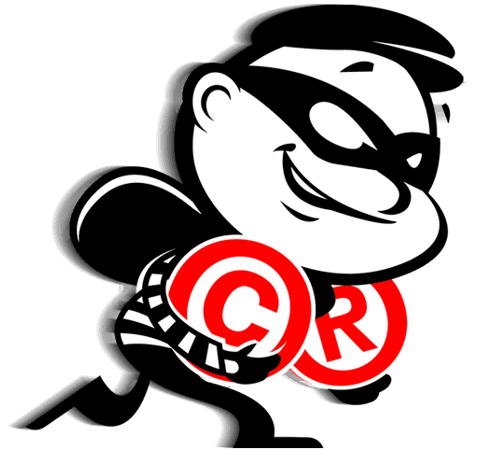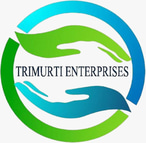Copyright
Copyright is a legal protection that gives creators exclusive rights over their original works. It allows them to control and benefit from their creations. Copyright arises automatically and grants rights such as reproduction, distribution, and creation of derivative works. It typically lasts for the creator's lifetime plus a set number of years. Copyright does not protect ideas, and fair use provisions allow limited use without permission.
कॉपीराइट एक कानूनी सुरक्षा है जो रचनाकारों को उनके मूल कार्यों पर विशेष अधिकार देता है। यह उन्हें अपनी रचनाओं को नियंत्रित करने और लाभ उठाने की अनुमति देता है। कॉपीराइट स्वचालित रूप से उत्पन्न होता है और प्रजनन, वितरण और व्युत्पन्न कार्यों के निर्माण जैसे अधिकार प्रदान करता है। यह आमतौर पर निर्माता के जीवनकाल के साथ-साथ वर्षों की एक निर्धारित संख्या तक रहता है। कॉपीराइट विचारों की रक्षा नहीं करता है, और उचित उपयोग प्रावधान अनुमति के बिना सीमित उपयोग की अनुमति देते हैं।


Copyright Registration process
The process of copyright registration typically involves the following steps:
Determine eligibility or copyright search: Before starting the registration process, ensure that your work is eligible for copyright protection. Copyright generally applies to original works of authorship, such as literary, artistic, musical, or dramatic works.
Complete the application: Obtain the appropriate copyright registration application from the copyright office in your country. The application form will require information about the work, including the title, authorship details, and a description of the work.
Prepare the work: Gather copies or representations of the work to be submitted along with the application. This could be in the form of physical copies, digital files, or other appropriate formats, depending on the requirements of the copyright office.
Submit the application: Send the completed application form, along with the required fee, to the copyright office. Some countries offer online submission options, while others may require physical copies to be mailed.
Copyright examination report issue: Once the application is received, the copyright office will review it for completeness and compliance with their requirements. They may request additional information or clarification if needed by issuing examination report.
Registration and certificate: If the application is accepted, the copyright office will register the work and issue a certificate of registration. This certificate serves as official evidence of the copyright registration and can be useful in legal proceedings if infringement occurs.
Normal process of copyright registration
On the other hand, speedy copyright registration, also known as expedited or fast-track registration, is a process that allows for quicker processing and registration of a copyright application. It is typically offered as an optional service by some copyright offices to expedite the registration process for an additional fee.
Advantage
Registration process takes very less time.
Disadvantage
Costly (30000 gov. fee).
Normal copyright registration refers to the standard process of registering a copyright with the relevant copyright office, following the established procedures and timelines. The specific details of the normal copyright registration process can vary depending on the jurisdiction.
Advantage
Less fess as compare to the speedy copyright (9000 gov. fee)
Disadvantage
Time taking process.
Speedy process of copyright registration
For Copyright registration please fill out the below form


Contact us
Feel free to contact us with any questions or concerns. You can use the form on our website or email us directly. We appreciate your interest and look forward to hearing from you.
trimurtienterprises756@gmail.com
Phone
9806414314, 9755967672
Address
B-140 MIG colony behind CHL Hospital, LIG Indore-452001


